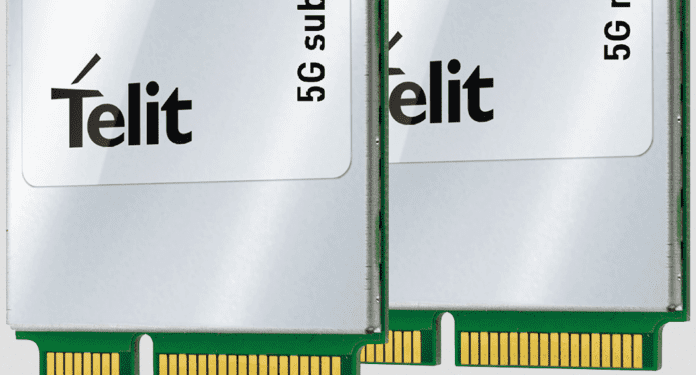IoT module maker Telit said revenues climbed 7.8 per cent to $274.5 million in the nine months to the end of September, compared with $254.7 million in the year-ago period. The company has also announced new intergrated SIM (iSIM) software for its Qualcomm-based NB-IoT and LTE-M modules.
Revenues from its cloud and connectivity division were up by 17.7 per cent to $29.4 million, from $25 million a year ago. It put the uplift in sales down to a “ramp-up of IoT project wins”, as well as broader traction in the IoT sector for low-power wide-area (LPWA) connectivity.
Profits and margins were not disclosed in the trading update, but Telit maintained they were in line with expectations.
The company has also finalised the sale of its automotive business, Telit Automotive Solutions, trading as Titan, for $104.2 million to TUS International, a subsidiary of Tsinghua University in China.
Telit has continued to provide “certain services” to Titan under a transitional service agreement. It said it is in discussions with Titan about the future terms of the deal.
Paolo Dal Pino, chief executive at Telit, commented: “Our transformation into a more efficient organisation solely focused on industrial IoT products and services is well on track as evidenced by the increase in revenues and the double-digit growth in our IoT cloud and connectivity business.
“We have continued to trade well, in line with the board’s expectations, and are pleased with the progress of our IoT services growth and its performance. We are well positioned to capitalize on growth opportunities as a leading enabler in the industrial IoT space.”
Meanwhile, Telit has announced simWISE support for “first-of-kind” software embedded (iSIM) 4G LTE-M and NB-IoT SIMs in its IoT modules. It said manufacturers choosing to embed LTE-M and NB-IoT iSIM software into its modules can reduce manufacturing costs and improve customer experience.
“The module-software embedded SIM technology is essential to the mass-rollout of cellular IoT technology, in particular LTE-M and NB-IoT,” it said in a statement.
Its 2017 release of simWISE targeted mass-market 2G devices in Europe. The new release aims to deliver iSIM capabilities to its LTE-based cellular IoT modules, which run Qualcomm’s 9205 LTE modem and MDM9206 IoT modem.
It integrates identity management technology for LTE-M and NB-IoT connected devices, said Telit, reducing design constraints, reliability issues, and logistic costs, compared with removable SIMs.
Telit simWISE is part of its OneEdge cellular IoT module software. OneEdge is designed to address “top rated barriers to IoT”, the UK based company claims, including scaling or adoption because of complexities in device provisioning, management, security, and connectivity.
Alon Segal, senior vice president for software and services at Telit, said: “The physical SIM card was never a natural fit for non-consumer devices and became a major issue for low power, low cost, small sized IoT devices like water meters, cargo tags, and remote sensor network devices used in mining, agriculture, and oil and gas. This release of simWISE removes the physical SIM barrier and does so in the context of the OneEdge paradigm for the IoT at scale.”
Vieri Vanghi, vice president for product management at Qualcomm Europe, said: “By eliminating the physical SIM card hardware, Telit’s modules are uniquely positioned to deliver the savings and time-to-commercialization advantages that IoT products need in order to build scale.”
This week, Telit has also released two new NB-IoT modules for smart metering, smart city applications, and smart agriculture applications. The firm said they are geared for companies to transition from 2G to LTE-based NB-IoT networks, offering the low power consumption for battery-driven applications.

